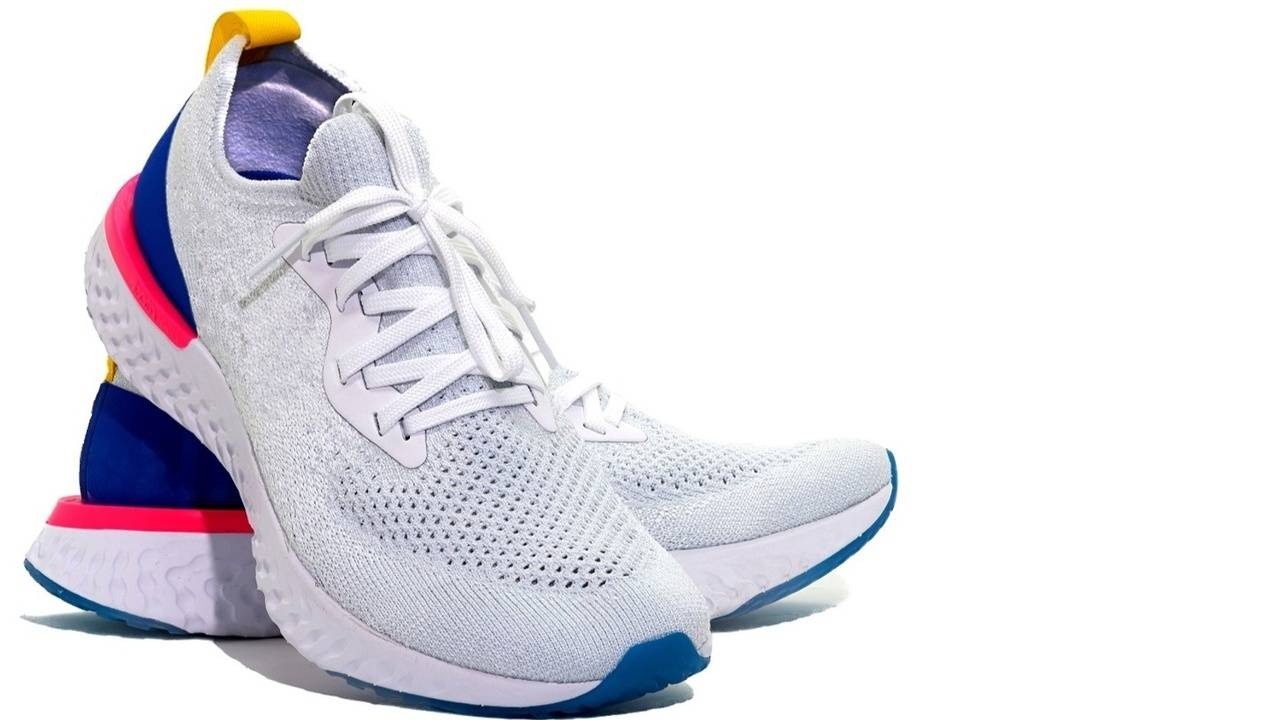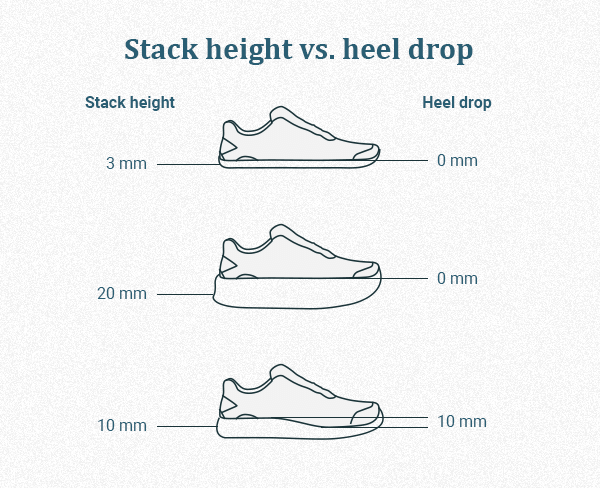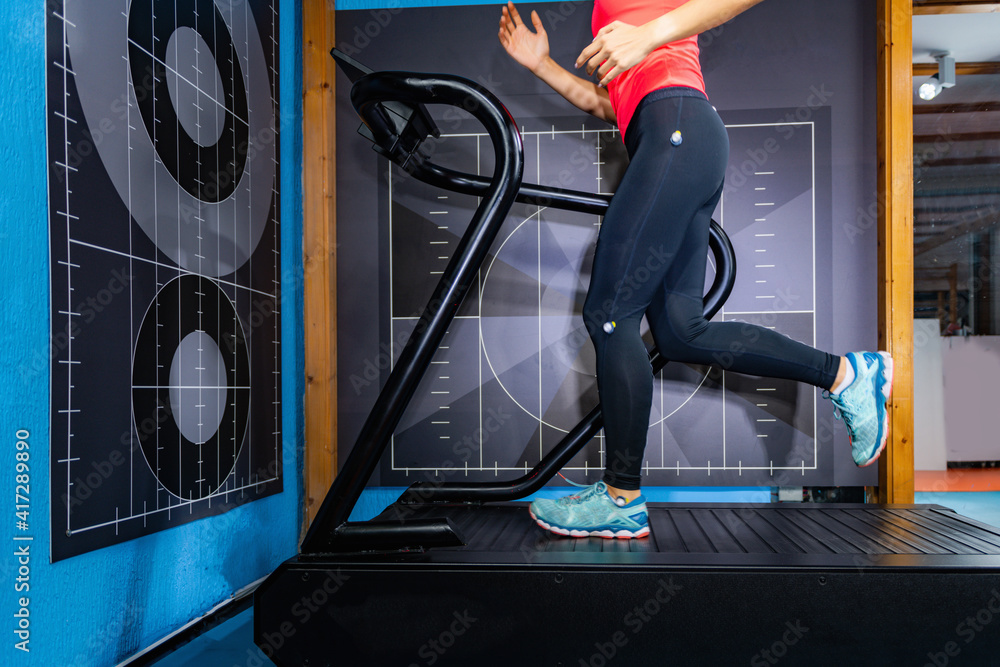How to Recommend Running Shoes: Heel Drop
Sep 12, 2022
Often patients and runners will ask for footwear advice. As physical therapists we have extensive knowledge about foot anatomy, biomechanics and gait analysis. However, it can be frustrating at times to recommend proper footwear due to the complex features and attributes of a running shoe. Furthermore, shoe brands change the names, styles and features of shoes consistently which makes it hard to provide good evidence based shoe prescriptions. During a recent webinar on running gait analysis with the California Physical Therapy Association I was asked about running shoes, specifically the components of heel drop. The following questions and topics arouse from our discussion:
- What is heel drop?
- What is stack height?
- What is the difference between heel drop and stack height?
- Which patients and runners benefit from low and high heel drop shoes?
In order to answer these questions a little background and context on the anatomical makeup of a running shoe is needed, referenced in the below pictures from the New York Times and RunRepeat.

Question 1: What is heel drop?
Heel drop is defined as the height difference between a shoe’s sole at the heel versus the toe. A shoe’s heel drop ranges from 0 - 16mm.
0 - 4mm, low heel drop
4 - 10mm, moderate heel drop
10+ mm, high heel drop

Question 2: What is stack height?
Stack height is defined by the height of the material underneath a person’s foot in their running shoe. A shoe’s stack height ranges from 3 - 50mm and higher values are analogous with increased absorption (cushion) in the shoe.
3 - 8mm low stack height, barefoot shoes
3 -13mm minimal stack height, minimal shoes
9 - 29mm moderate stack height, regular running shoes
30 - 50mm high stack height, maximum cushion shoes

Question 3: What is the difference between heel drop and stack height?
Therefore the difference between heel drop and stack height is that heel drop is the difference in the height of a shoe’s outsole at the heel versus the forefoot, whereas stack height is the height of the shoe’s material underneath the foot.
Question 4: Which patients and runners benefit from low and high heel drop shoes?
It is important to note that research supports utilizing a moderate heel drop and stack height running shoe. Evidence rarely indicates the use of extremely low and high stack shoes along with excessively low or high heel drops. However, there are some important considerations to keep in mind while prescribing shoes to your runners. Rearfoot strikers will commonly benefit from a moderate to higher heel drop shoe along with a moderate stack height to cushion the impact from the ground while they run. A good example of a shoe with these components is the New Balance 1080. However, while high stack height shoes such as Hokas are commonly sought after for runners feeling they need extra cushion and absorption during running the studies actually show higher ground reaction forces or impact of the ground being transferred up the lower extremities in these runners. Emerging research indicates shoes with increased stack heights and high absorption cause runners to over compensate by landing with excessive heel strike and overstriding during initial contact. Conversely, midfoot and forefoot strikers will benefit from lower to moderate heel drop shoes along with moderately low to moderate stack height shoes. Footwear such as the Saucony Kinvara with a low heel drop and stack height will cater to this running form by encouraging a mid to forefoot strike and discouraging heel strike. However, research does not support the use of shoes such as Altra’s, with zero degrees of heel drop, for these runners showing higher instances of running related musculoskeletal disorders. While there are some exceptions to these guidelines, ultimately shoes centered around moderate heel drop and moderate stack height are safest and good compliments to many types of runners.
To better understand footwear recommendations for your runners and patients reference the “Running Shoe Reference Guide” which includes brands and models of shoes with zero to high heel drop and everything in between. Additionally, if you would like to learn which shoes are beneficial to findings on a running gait analysis, reference “The Essentials of Running Gait Analysis” continuing education course which provides not only the fundamentals of how to analyze running gait but how to apply a running gait analysis to a patient's plan of care, properly prescribe running footwear and the tools to start your own running gait analysis clinic.
Click the image to learn more about "The Essentials of Running Gait Analysis" course:
References:
Jewell C, Boyer KA, Hamill J. Do footfall patterns in forefoot runners change over an exhaustive run?. J Sports Sci. 2017;35(1):74-80. doi:10.1080/02640414.2016.1156726
Kulmala JP, Kosonen J, Nurminen J, Avela J. Running in highly cushioned shoes increases leg stiffness and amplifies impact loading. Sci Rep. 2018;8(1):17496. Published 2018 Nov 30. doi:10.1038/s41598-018-35980-6
Malisoux L, Chambon N, Delattre N, Gueguen N, Urhausen A, Theisen D. Injury risk in runners using standard or motion control shoes: a randomised controlled trial with participant and assessor blinding. Br J Sports Med. 2016;50(8):481-487. doi:10.1136/bjsports-2015-095031
Malisoux L, Gette P, Backes A, Delattre N, Theisen D. Lower impact forces but greater burden for the musculoskeletal system in running shoes with greater cushioning stiffness [published online ahead of print, 2022 Jan 19]. Eur J Sport Sci. 2022;1-11. doi:10.1080/17461391.2021.2023655
Pollard CD, Ter Har JA, Hannigan JJ, Norcross MF. Influence of Maximal Running Shoes on Biomechanics Before and After a 5K Run. Orthop J Sports Med. 2018;6(6):2325967118775720. Published 2018 Jun 7. doi:10.1177/2325967118775720
https://runrepeat.com/guides/heel-to-toe-drop
